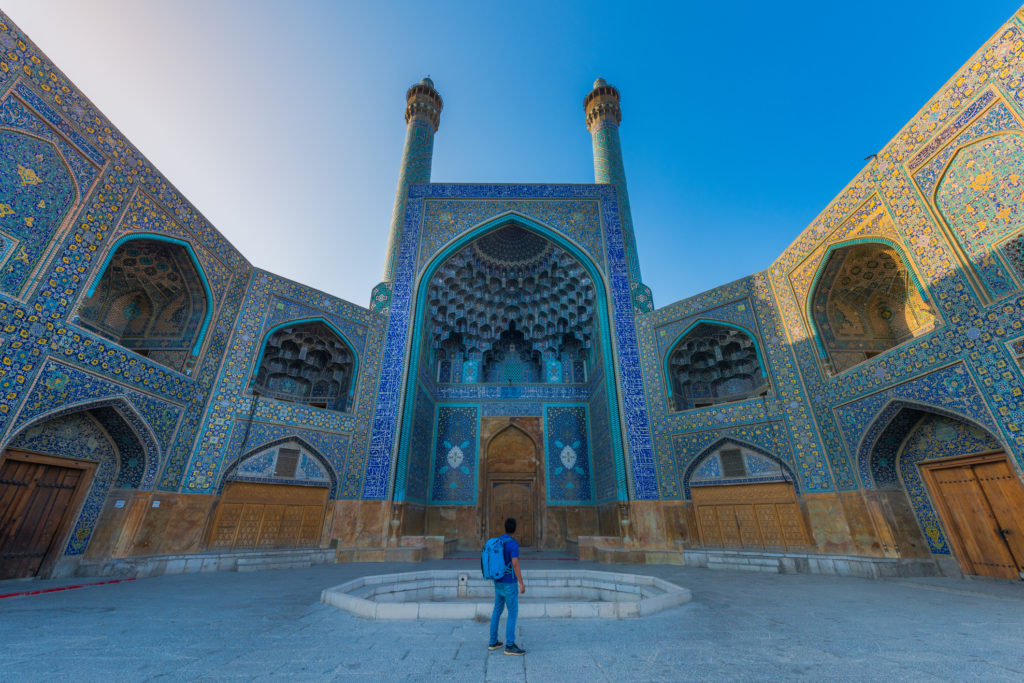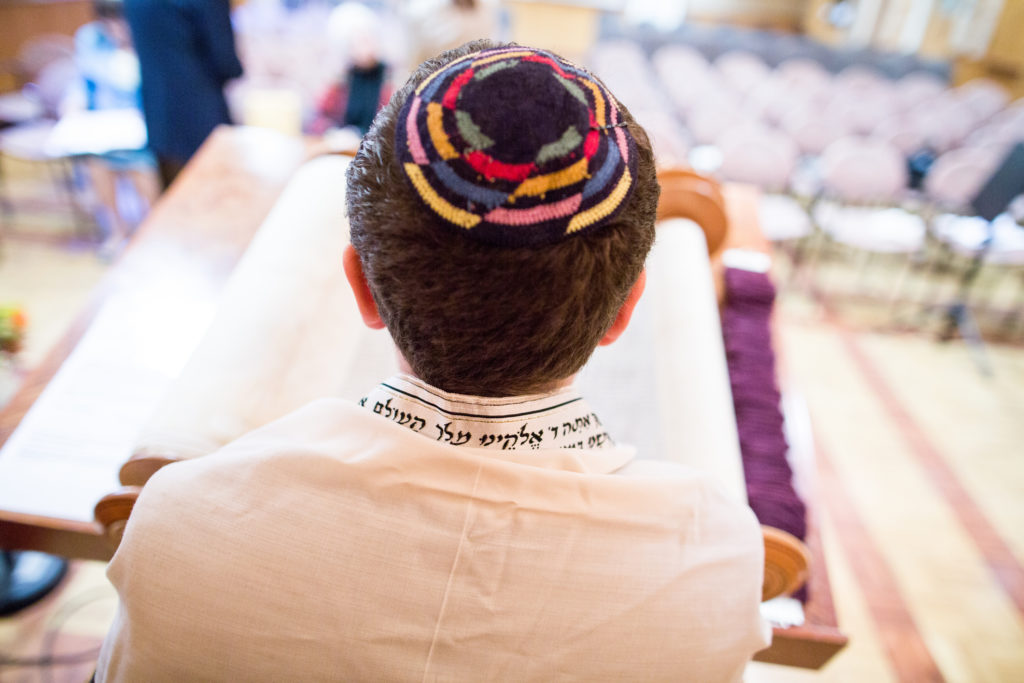The Hindu calendar is one of the oldest time-keeping devices known to man. Based on the Vedic traditions, it calculates days, months, and years based on many astronomical cycles.
It is the cornerstone of the ancient Indian Civilization. Approximately 890 million Hindus live in India, placing it as the world’s third largest religion after Christianity and Islam. Other countries with large Hindu populations include Nepal, Sri Lanka, Bangladesh, Indonesia and Malaysia.
They adopt a similar underlying concept for timekeeping, but differ in their relative emphasis to moon cycle or the sun cycle and the names of months and when they consider the new year to start.
It counts time that goes so far back in time, it pre-dates the arrival of homo-sapiens on Earth. It refers back to a time more than 4 million years ago.
Let’s break down how the Hindu Calendar works.
What is the Hindu Calendar Based on?
The Hindu calendar itself is a lunisolar calendar, which means it uses both the phases of the moon to keep time as well as the Earth’s rotation around the sun. It is the combination of these two celestial movements that determine the day, month, and year of the Hindu calendar. Because of the nature of lunisolar calendars, there is always a precise month, and an approximation of the year.
As astronomical markers, they are an extremely accurate tool to measure the time and seasons. The Hindu calendar was originally used to determine when to plant and harvest crops, when to celebrate religious and spiritual festivals, as well as keeping track of the motions of the visible universe.
Not only is the Hindu calendar used to keep track of the date, it has a spiritual significance as well and is heavily tied to the ancient science of astrology. Although this practice’s original purpose has been lost and polluted in modern times, it was once a way of life that was as influential as it was important to our ancient ancestors.
The dates according to the Hindu Calendar are not fixed, so they tend to vary and change from year to year. This is because the calendar is both religious and astronomical, meaning dates are determined by phenomena observed throughout the cosmos.
How does the Hindu Calendar Work?

Image: The Months and days of the 2019 Hindu Calendar, translated to the Gregorian Calendar.
The Hindu Day
Similar to the Gregorian calendar that much of the world uses today, a day in the Hindu calendar begins at dawn. However, unlike its Gregorian counterpart, the Hindu calendar splits the day into 30 passages of time known as muhurtas. Each of these lasts roughly 48 minutes and are similar to the Gregorian concept of hours.
There are seven days that make up a week according to the Hindu Calendar, beginning with Ravi, the equivalent of Sunday:
- Ravi (Sunday)
- Soma (Monday)
- Mangala (Tuesday)
- Budha (Wednesday)
- Guru (Thursday)
- Brhaspati (Friday)
- Sani (Saturday)
The Hindu Month
The length of the month is tied directly to the lunar calendar. Basically, a full phase of the moon equates to a month of the Hindu calendar. As each lunar cycle is roughly 29.5 days long, each month of the Hindu calendar is somewhere around that length. Usually 28, 29, or 30 days depending on slight changes within the lunar cycle.
The first day of the month varies depending on where you are from in India, however, generally either the full moon or the new moon mark the new month’s first day.
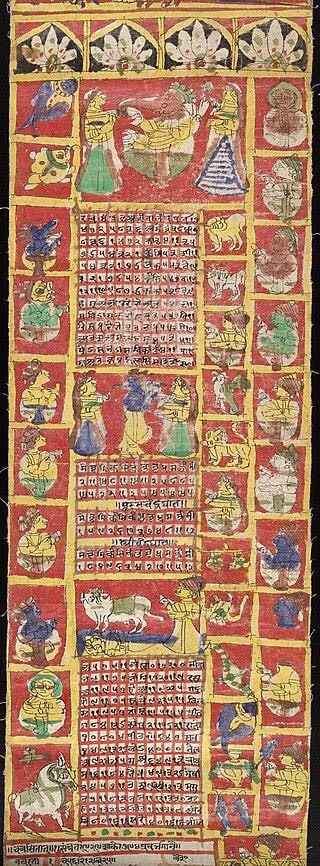
Image: The Hindu Calendar laid out in days and months of the year.
Hindu Astrology and Zodiac Signs
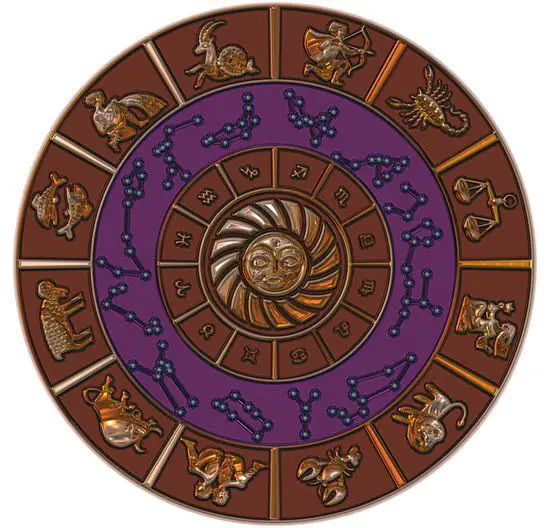
Image: The Hindu Zodiac signs line up to conventional Astrology. Source
There are 12 months and each one is named after a sign of the zodiac. As the Earth makes its slow transition around the sun over the course of a year, we move from one zodiacal sign to the next, until we have passed all 12 and the year is complete. Depending on which sign of the zodiac the sun appears to rise against determines what month it is.
If the sun enters a new sign of the zodiac before sunrise, then it is the first day of a new month, however if it does not, then it’s the last day of the previous month. The 12 months of the Hindu calendar are as follows:
- Chaitra (Aries)
- Vaisakha (Taurus)
- Jyaistha (Gemini)
- Asadha (Cancer)
- Sravana (Leo)
- Bhadrapada (Virgo)
- Asvina (Libra)
- Kartika (Scorpio)
- Agrahayana (Sagittarius)
- Pausa (Capricorn)
- Magha (Aquarius)
- Phalguna (Pisces)
Each month is separated into two halves that are known as fortnights–one light and one dark. The light fortnight is a 15-day period that follows the waxing moon, while the dark fortnight begins with the waning moon.
Leap Months
Generally, a year of the Hindu calendar lasts around 354 days, made up of 12 lunar months of around 29.5 days. As this is roughly 11 days shorter than the solar year, a gap begins to appear between the lunar and solar dates. To reconcile this gap, a leap month is added every three or so years to fix this difference.
This leap month helps religious festivals and other important dates in the Hindu calendar to remain within a fixed period of time rather than on a set date each year. This is different to the Gregorian calendar, in which the same occasion happens on the same date every year. The Hindu calendar relies on astronomy and therefore keeps a truer date for celebrations that occur annually.
Hindu Religion Festivals Dates
- Diwali is the festival of lights for Hindus and Sikhs. akes place in October or November, but the date is different each year because it is based on the Hindu calendar.
- Maker Sankranti is celebrated on the January 13 and it is the first Hindu holiday
- Maha Shivaratri: celebrations honor Shiva, destroyer of the universe. Unlike other Hindu celebrations, this one is celebrated the night and day before the new moon.
- Holi: is most commonly celebrated in Northern India and usually takes place in February or March. oli is called “The Festival of Colors” because people paint each other and throw dye and colorful powder all over their bodies
- Ram Navami: takes place in April and celebrates the birth of Lord Rama. On this holiday, Hindus clean and decorate their houses with fruits and flowers.
- Raksha Bandan: celebrates love for comrades and brothers. Hindus celebrate it when there is a full moon. This usually takes place in August.
- Janmashtami: is a festival celebrating Krishna’s birth. Krishna is god that Hindus worship the most. They celebrate his birthday in August, eight days after Raksha Bandhan. The celebration lasts two days.
- Navaratri: is a fun and religious holiday in October. During this time, Hindus from all over India put aside their daily chores and prepare for Navaratri, a nine-day celebration honoring three goddesses of the religion: Durga.
Calculating the New Year
Each New Year has its own name according to the Hindu calendar. There are 60 individual names that continually change until the 60-year period is up and the cycle starts again. The New Year is determined as the sun moves into the zodiacal sign of Capricorn, making it a purely astronomical observation. This varies from place to place, however it usually falls the day after the new moon during the month of Chaitra (Aries).
What is the Year According to the Hindu Calendar?
Much like we do when talking about someone’s age, the Hindu calendar counts from the beginning of the current era, which began in 3102 BC. By this reckoning, the current year as of 2019 is 5121.
The Yuga Cycles & Hindu Calendar
The current Hindu calendar also takes into count much larger spans of time. It was in the year 3102 BC that the most recent Yuga cycle started, and the Hindu calendar began counting. This was an extremely interesting and little understood time in our Earth’s prehistory, with many of the earliest civilizations appearing across the world in this era almost simultaneously.
That is according to the Hindu Yuga cycle, which still continues to this day. We are currently living in the 4th stage of the Yuga cycle known as the Kali Yuga, which is a 432,000 year time period and the final chapter of the cycle as a whole.
Conclusion
Although the Hindu calendar has undergone much reform and change throughout the years, its original form is one of ancient origins. The way it reflected spiritual and personal growth, as well as astronomical information is something that is not taken into account in the more modern era, yet was once extremely important to our ancestors.
The mystery remains; what inspired the ancients to create such a specific and sophisticated calendar system that is still used to this day?
Now it’s up to you. Leave your thoughts on the Hindu Calendar in the comment section below.
Further reading
https://onlinelibrary-wiley-com.ezproxy1.library.usyd.edu.au/doi/epdf/10.1002/spe.4380230404
https://www.timecenter.com/articles/brief-history-of-the-hindu-calendar-by-timecenter/
Calendrical Calculations / Nachum Dershowitz by Edward M. Reingold


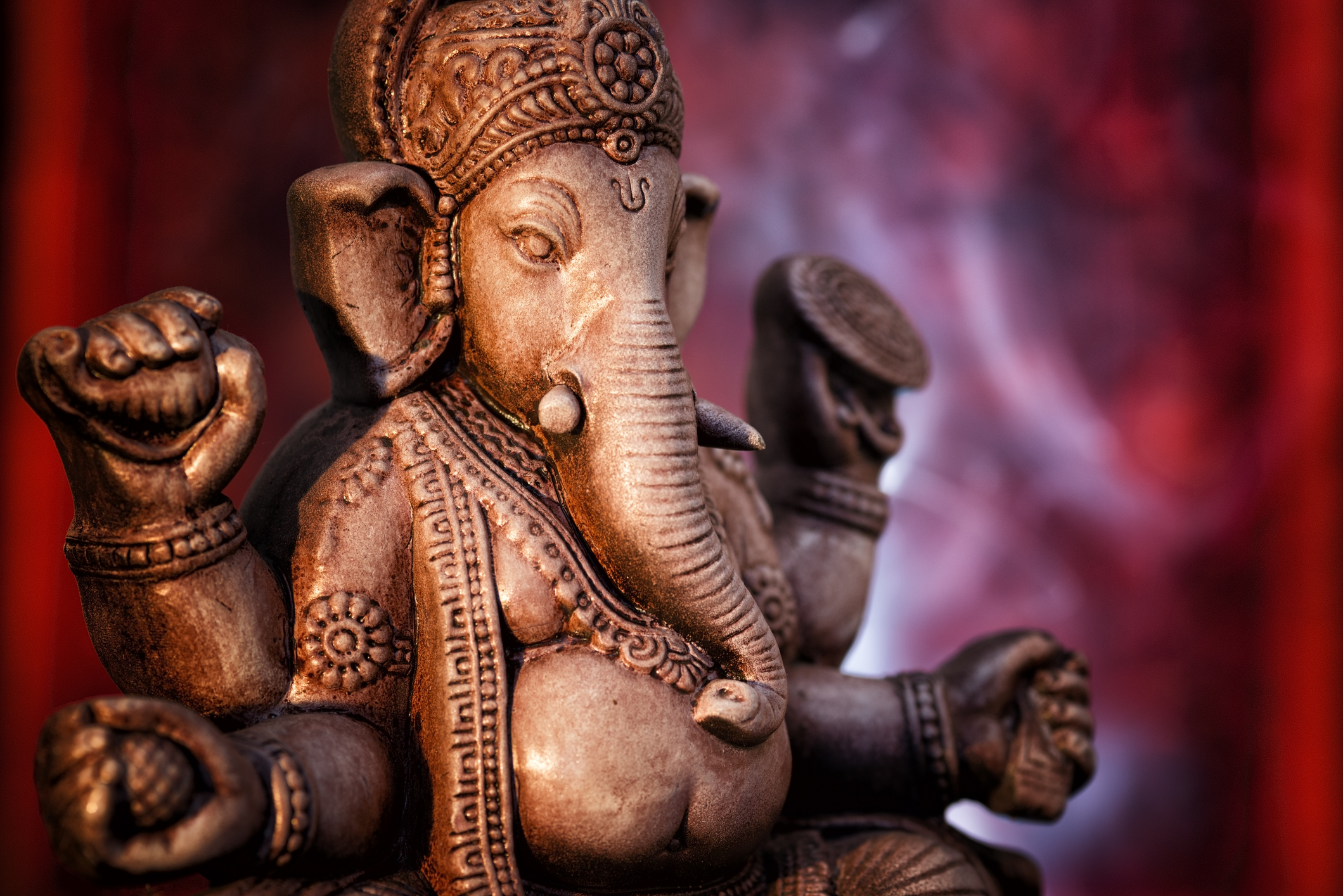 890 million Hindus in India use the Hindu Calendar. With basis in Vedic Astronomy and Hindu religion, it is one of the widest used timekeeping systems in the world.
890 million Hindus in India use the Hindu Calendar. With basis in Vedic Astronomy and Hindu religion, it is one of the widest used timekeeping systems in the world. 
